The moment a flower is cut, it loses its own ability to stay alive, and how to prolong the life of a flower is both a discipline and a skill.
How do you make cut flowers last and stay fresh?
Flower arranging is the art of giving new life and beauty to flowers taken from nature. That said, the moment a flower is cut, it loses its ability to stay alive.
Therefore, what is the best way to keep cut flowers fresh?
The key to keeping flowers fresh is to allow them to fully absorb water. Different flowers have their own suitable methods. Before introducing the method of water absorption, it is important to briefly explain the reasons for wilting of the flowers.
As we all know, plants absorb water and nutrients from the roots, and water evaporates from the stomata on the back of the leaves, which is the transpiration of plants. When it is the leaves that evaporate more water than is absorbed from the roots, the plant wilts. In other words, cut flowers do not absorb water from the roots, but transpiration does not stop, so wilting occurs. In order to avoid wilting, it is necessary to suppress transpiration and maintain optimal water absorption.
The methods of suppressing water transpiration include sprinkling, spraying, and what is known as backwatering, in which flowers are placed upside down and water is sprinkled liberally from the back of the leaves. Of course, it is also important to avoid placing flowers in a dry or hot place. Also, removing excess foliage beforehand can be effective.
Secondly, there is the artificial creation of water absorption methods: extremely simple methods without the use of any props, or the use of appliances or medicines, and the selection of appropriate water absorption methods for different flower materials.
The flowers used in flower arrangements are all natural flowers and plants. “Absorption is the longest-lasting technique for preserving freshness. The most basic method is to cut the flowers in water, i.e., to let the roots of the flowers into the water and cut off the tips of the stems in the water. Almost all flowers can be cut in water to revitalize the plant. Here are some of the main ways to keep flowers fresh.
1. Water cutting method
Water cutting, is the most commonly used treatment method. Generally speaking, before flower arranging, we will take the [deep water cutting] method to handle the purchased flowers.
(The flowers used by the students in the flower arrangement classroom are treated in advance by the teacher and are preserved.) Deep water cutting, as the name suggests, is a continuous diagonal cutting of the roots of the flowers that goes to the bottom of the pots and pans.
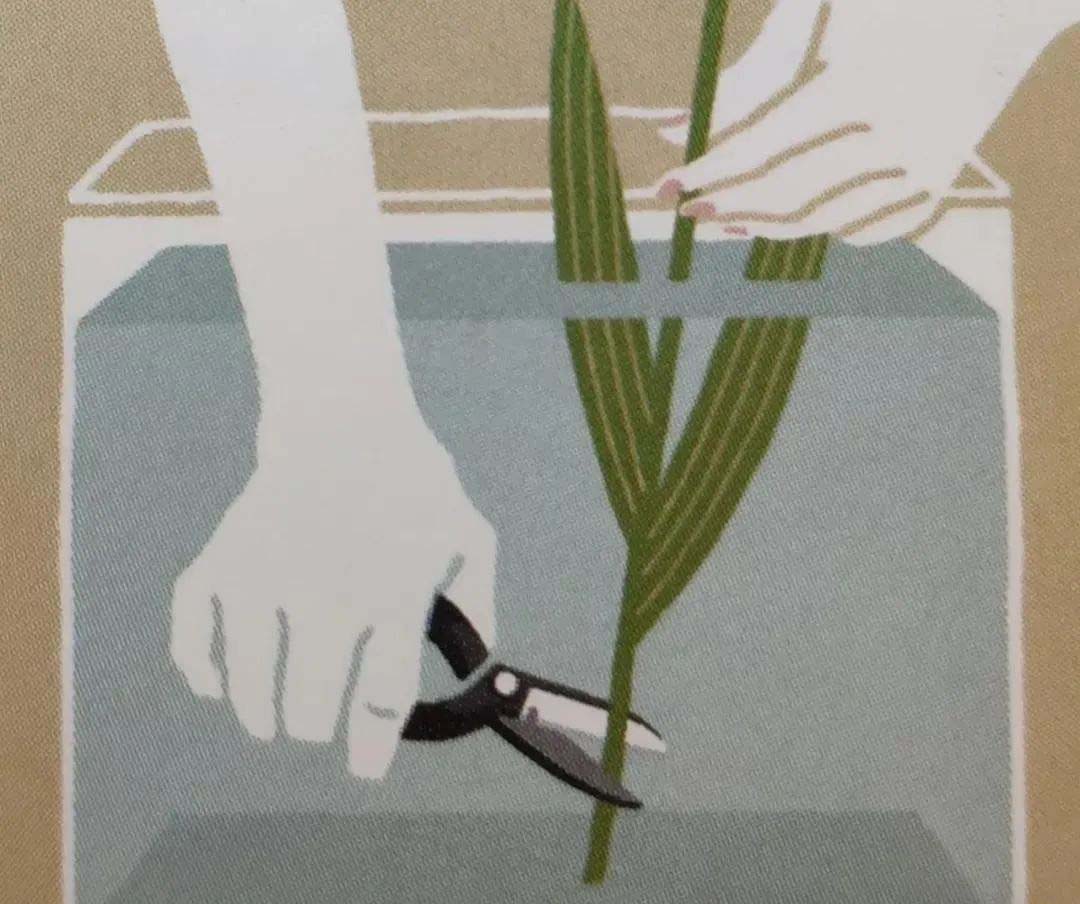
Points for deep water cutting:
① Water should be deep: There should be a lot of water in the pot for water cutting; the rootstock should be handled as deep as possible in the water. Because the deeper the water, the greater the pressure, the easier it is to squeeze the water into the root of the flowers, the better the water absorption of the flowers.
② Slanting cut: Slanting cuts increase the area of the cut and the area of water absorption.
③ Continuous multiple rapid cutting: each cut is about 1 centimeter, not too long. Otherwise, it will affect the use of flowers after multiple cuts. In the process of cutting, pay attention to observe whether there are bubbles. There are bubbles, indicating that the flowers have absorbed water.
Handle the flower material, put it in deep water to raise, wait for its recovery can be.
Alternatively, you can water cut the flowers before arranging them during the process. This ensures the absorbency of each flower material.
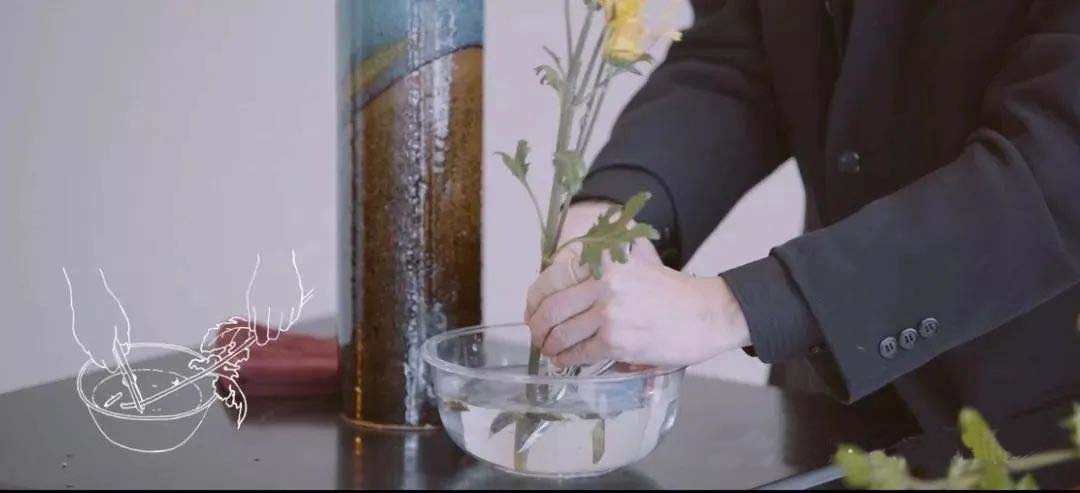
Transparent glass containers make it easier to observe the roots when water cutting.
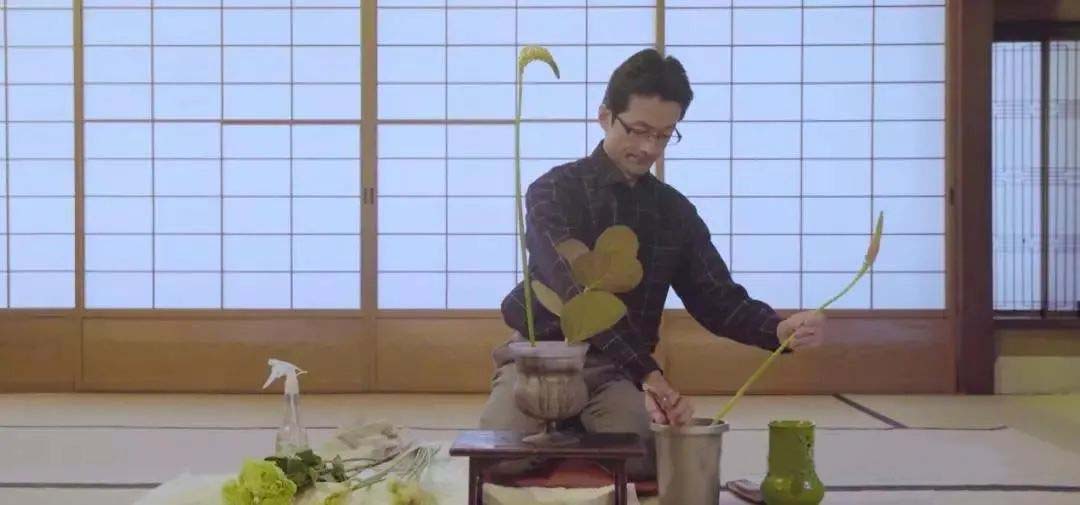
Water cut for flower arranging.
2. Strike the top of the flower branch
Cut off the tops in water after pounding and whacking the rhizomes. This method, for fibrous flowers such as chrysanthemums and zinnias, is very effective. The knock whack cut is to increase the water absorption area.
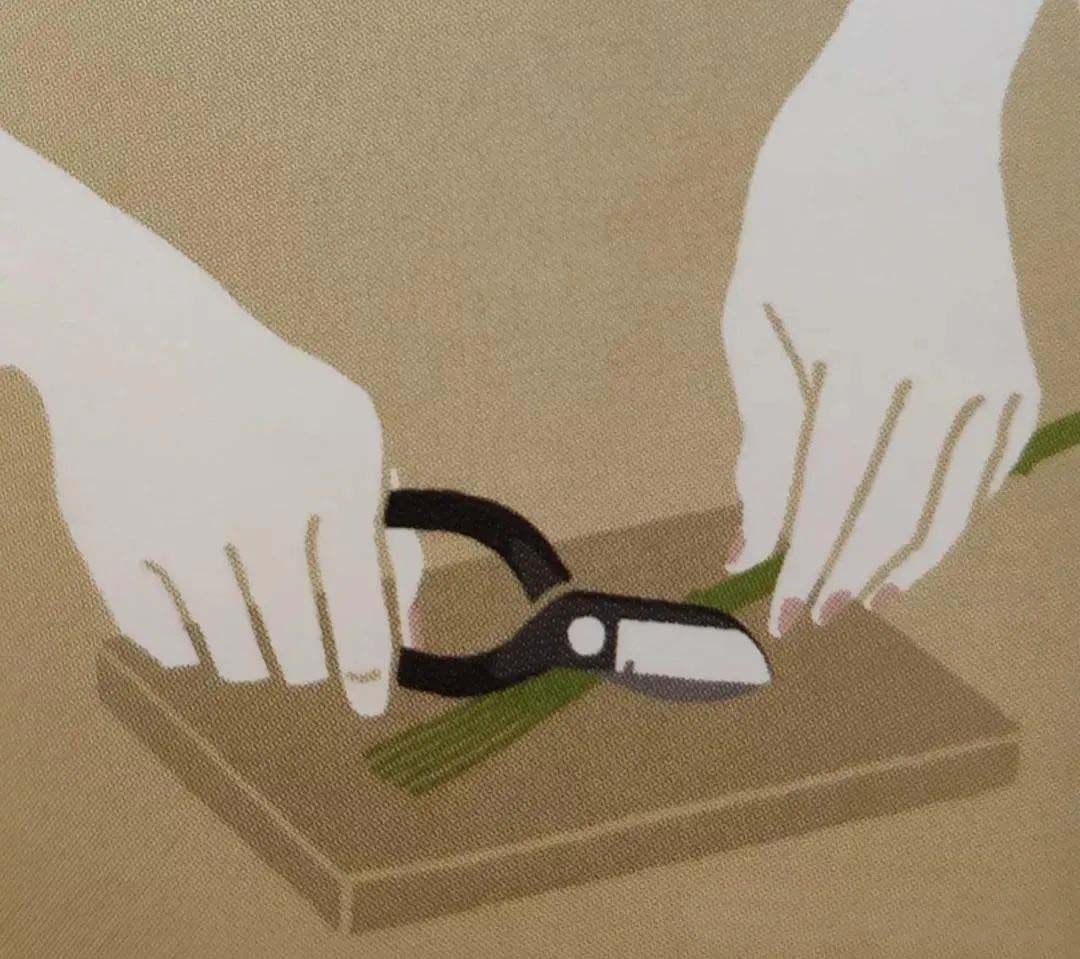
3.Fire cuts
Normally when a plant is injured, it secretes mucus to protect the injured part. And this mucus can prevent water absorption. So the cuts are roasted over a fire to char them until they don't prevent water absorption, increasing their water absorption while sterilizing them. This method, mostly used for branch and shrub type flowers.
Applicable flowers: roses, artichokes, eustoma, peonies, peonies, peonies, blue star flowers, etc. whose cuttings ooze emulsion-like liquid.
Note: When flaming, except near the incision, it should be wrapped with newspaper or wet cloth to avoid heat burns to the flowers. Immediately after burning, soak in cold water.

4.Immersion in boiling water or boiling water
There are some florals which, after cutting off the stems, will ooze a mucus or emulsion-like liquid. Therefore, after cutting off the tops of florals like these in water, dip the cuts back into boiling water. In order not to damage the rest of the florals by the heat of the boiling water, wrap them in newspaper beforehand to protect them, and then quickly immerse only the tops into the boiling water. (Add appropriate salt for better effect)
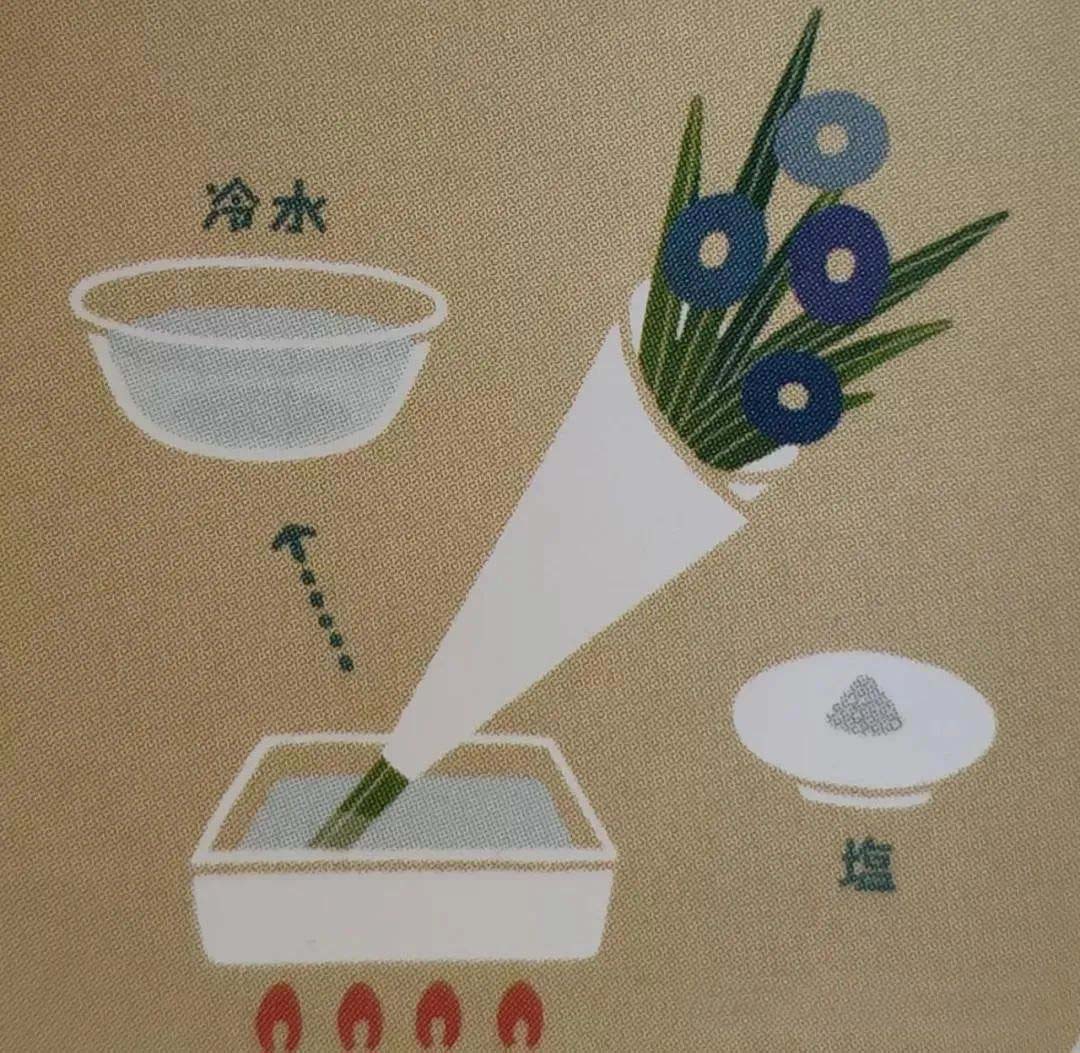
5.Alcohol immersion
Some flowers have difficulty supplying moisture even after blanching as well as roasting the cuts. In this case, the burned tips can be dipped into alcohol. Alcohol has the effect of helping the flowers to soak up and absorb water. Flowering plants such as purple sunflowers and the saxifrage family are very effective when the tops are cut off and dipped in alcohol. Ground elm, maple, gerbera daisies, and asters have the same effect.

6.Rubbing with table salt
This method, for fibrous stemmed flowers that have difficulty absorbing water, is especially effective for summer and fall flowers. First cut off the tips of the flower stems in water, then apply table salt to the cuts.
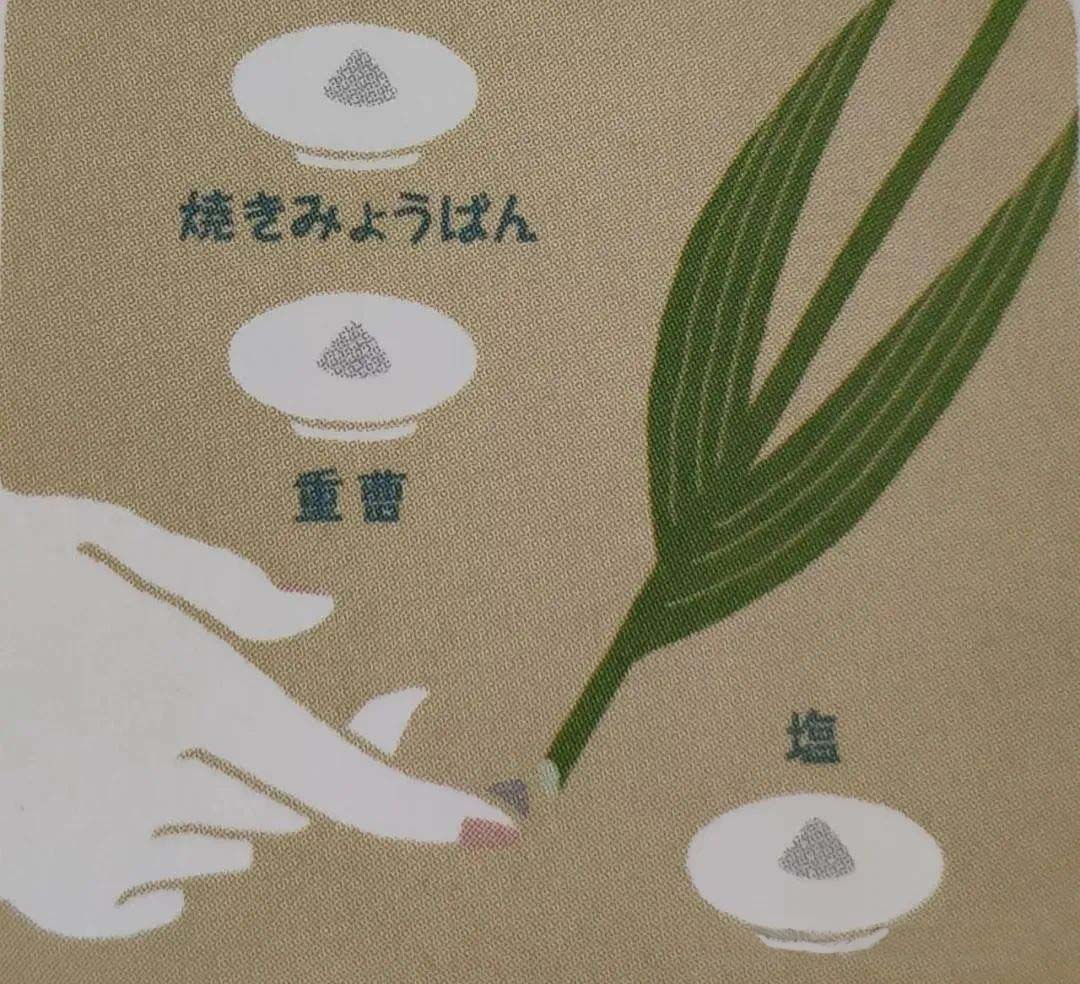
7.Rubbing medicines
Dip in an aqueous solution of peppermint oil, alum, dilute hydrochloric acid and wine. First wipe the socket with a clean rag and quickly dip the cut into 2-3 centimeters of the medicinal solution. The dipping time depends on the flowers, about 3 seconds. If the dipping time is too long or too strong, the cut will be dissolved and it will be counterproductive. This method improves the water absorbency of the flowers as well as the permeability.
Rubbing peppermint oil: Begonias, Clematis, etc.
Rubbing alum: hydrangea, peony, creeper, sunflower, begonia, etc.
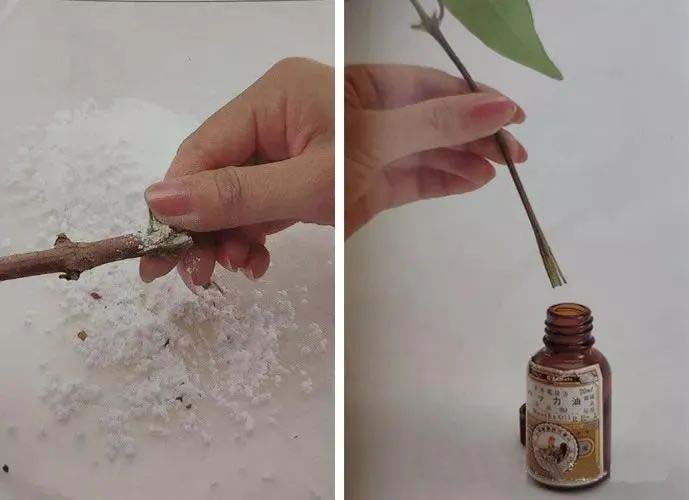
8.Use a professional waterer to rehydrate flower stems
Aquatic flowers, such as water lilies, lotus, lotus leaves, calla lily leaves, river bones, etc., can not achieve the effect of the ordinary method, you can insert their roots into the water injector with a flat cut, one hand to hold down the incision and one hand to gently push the syringe to inject water or nutrient solution, to inject water into the leaf veins fully.
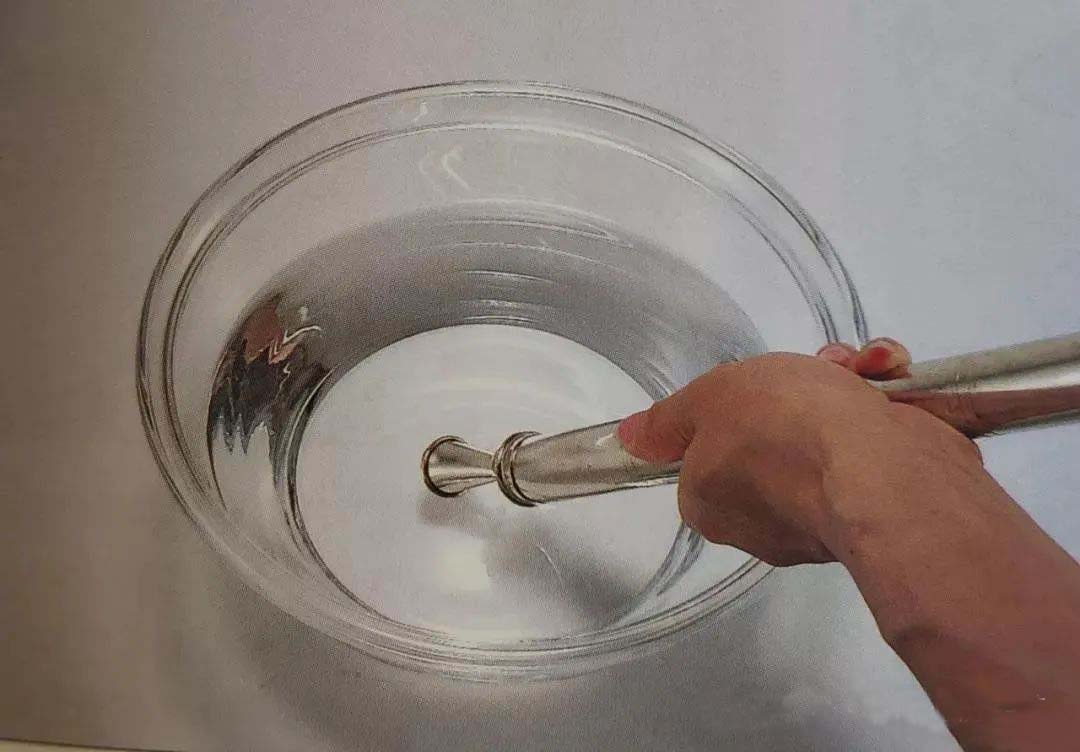
The special water injector sucks in water after expelling the air.
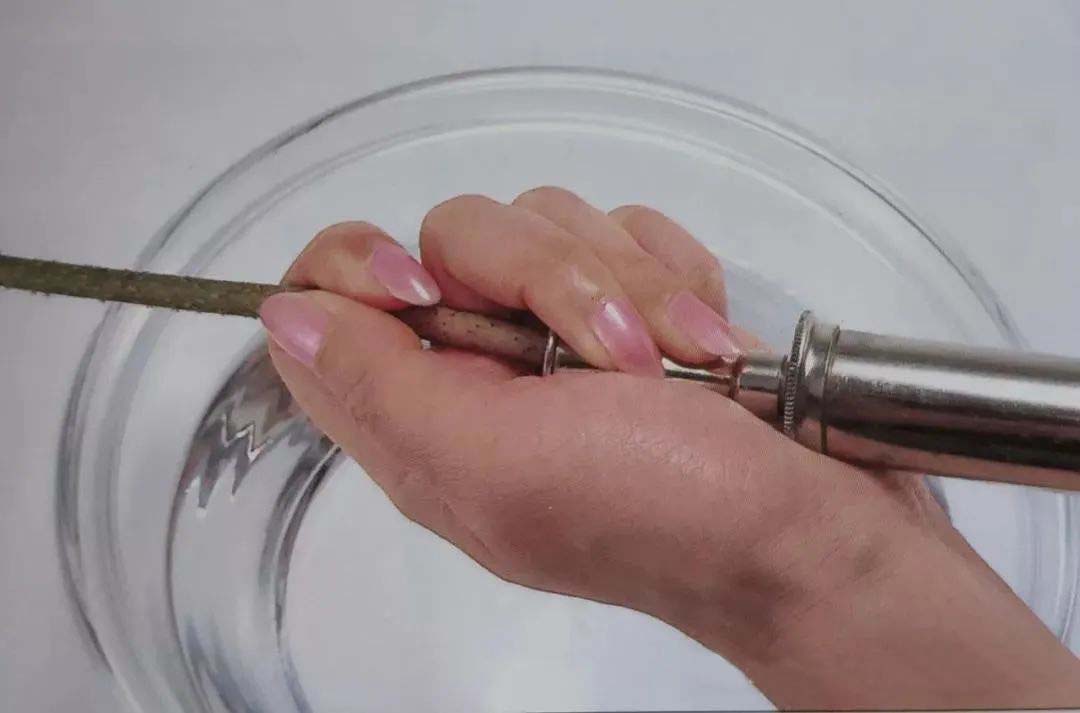
The incision is cut flat and the syringe is pushed gently with one hand holding down the incision.
9.Insert red peppers into branch cuts and dip into alcohol.
Peel the skin off the root and cut it down the center. Insert the chili peppers with the ends cut off into the root splits and dip them into alcohol or water so that they become easily absorbent.
Vine branches such as lilac, maple, delphinium, and wisteria.
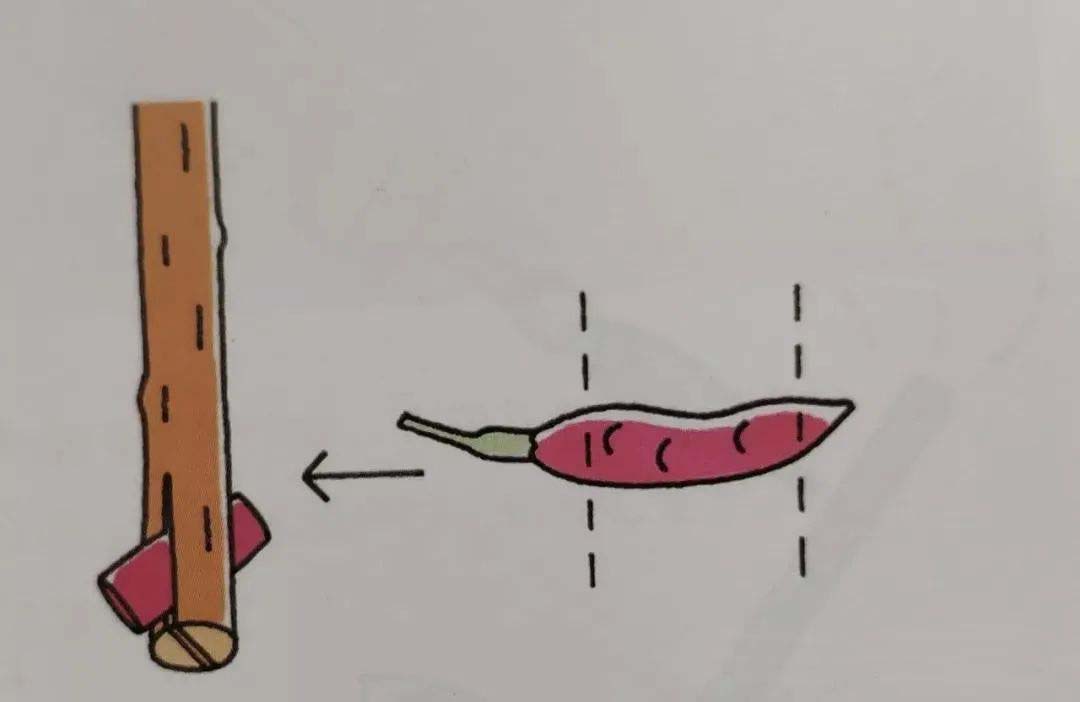
10.Cut the flowers, taking care to peel them.
Immersion in vinegar water
Immerse in vinegar water for 10-15 seconds, it is not easy to immerse for too long, too much vinegar inhalation will make the flowers droop instead.
Use of flowers: such as awns, reeds, yellow-backed fescue, warm bamboo and other plants of the rice family.
Note: When acetic acid and hydrochloric acid are very acidic, dilute them first and shorten the time of immersion.

Branches of flowers, the cut can be made cross-cut to increase the area of water absorption.
All of the above methods, after treatment, need to be quickly put into deep water to raise flowers, and placed in a dark place to avoid light, and leave it to fully absorb water to return to normal.
The same kind of flowers can take a variety of maintenance methods, there is no conflict. However, the most commonly used method is the water cutting method. In addition, in order to improve the vitality of flowers, you can also use with the fresh cut flower preservation liquid.
In addition, when purchasing large quantities of flowers, you can also place them in the refrigerator after handling, especially the herbaceous and delicate flowers such as lilies, roses, Chinese eustoma and tulips that open easily. Do not place the flowers close to the inside of the refrigerator, as they will freeze and damage the flowers.


